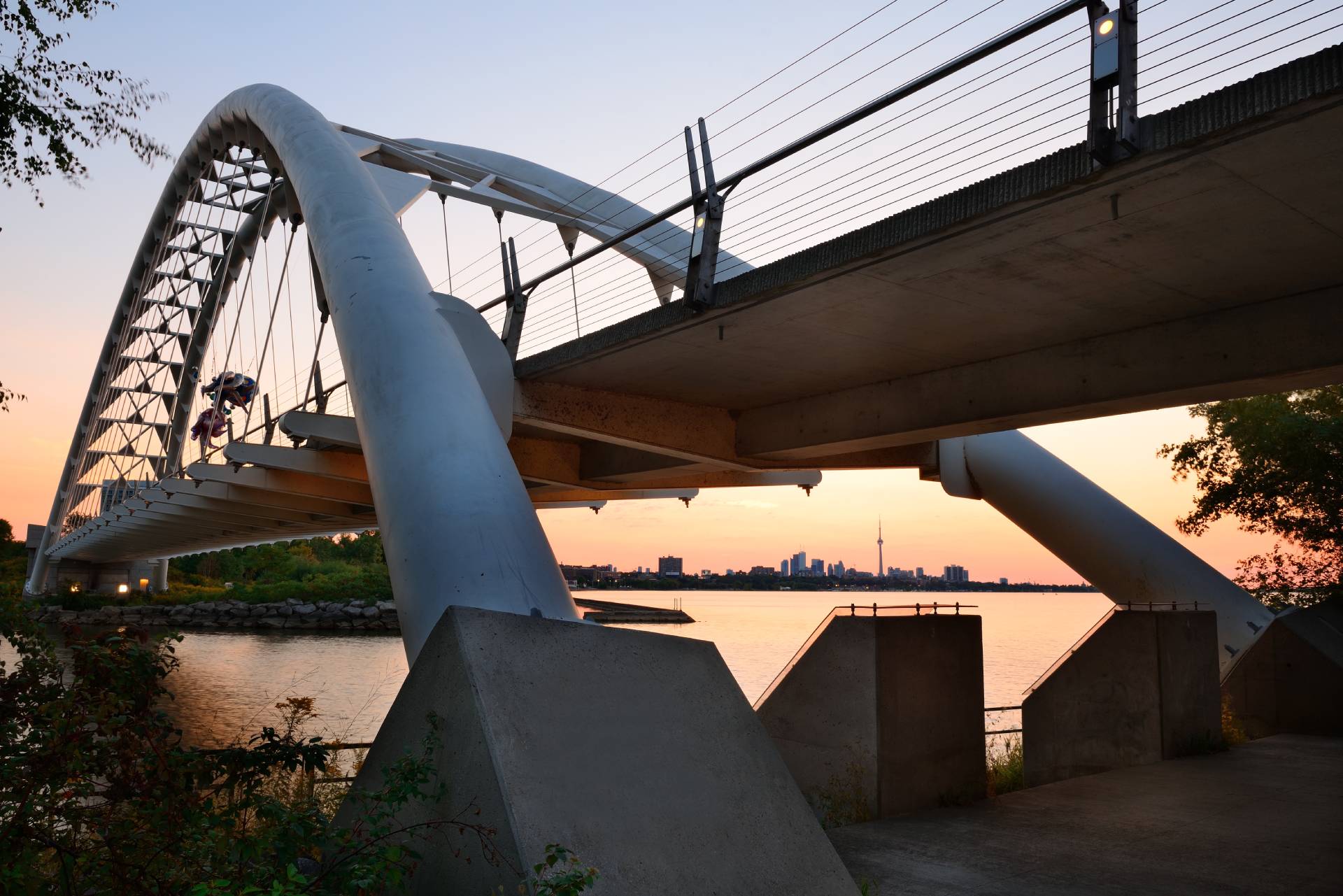Major Reforms Underway in Canada’s Immigration System
1. Permanent Immigration Path and New Work Permit Stream
- The Economic Mobility Pathways Pilot (EMPP) will become a permanent route to permanent residence by the end of 2025.
- A new work permit stream targeting the agriculture and fish-processing sectors will be introduced.
2. Updates to Post-Graduation and Spousal Work Permit Rules
- Field-of-study criteria for Post-Graduation Work Permits (PGWPs) will be updated.
- Spousal open work permits (SOWPs) eligibility will be revised for spouses of international students and foreign workers.
3. Trade Agreements and Work Permit Expansion
- Implementation of new Free Trade Agreement (FTA) work permits with Indonesia and Ecuador.
- Negotiations are underway for FTA-based permits with CPTPP (Comprehensive and Progressive Trans-Pacific Partnership) candidates and ASEAN countries.
4. Digital Services and Settlement Initiatives
- A unified online account system for all IRCC clients is expected to roll out through 2025–2026.
- The Welcoming Francophone Communities Initiative, aimed at supporting French-speaking newcomers outside Quebec, will become fully operational.
5. Exploring a Refugee-Student Pathway
- IRCC is assessing the feasibility of a new permanent residency path for refugee students as part of its broader policy updates.
6. GeoMatch Algorithm for Settlement Guidance
- In collaboration with Stanford University, IRCC is piloting GeoMatch, an algorithm designed to help Express Entry candidates choose optimal settlement regions based on various factors.
7. Strategic Priorities and Caps
- Continued emphasis on admitting PR candidates who are healthcare, trades, education workers, or French speakers.
- At least 40% of PR admissions will come from visitors or temporary residents already in Canada.
- A reduced number of LMIA-based work permits (80,000–84,000 annually), compared to 184,000 in 2023.
- Limits set to keep temporary residents at 5% of the national population, with PR admissions capped at 1%.
- Processing goals: 80% of applications within service standards and 90% client satisfaction.
- Target to have 65% public support for immigration levels by year-end (up from 50% in 2023–2024).
- Aiming for $36 billion in economic contribution from students and visitors annually.






